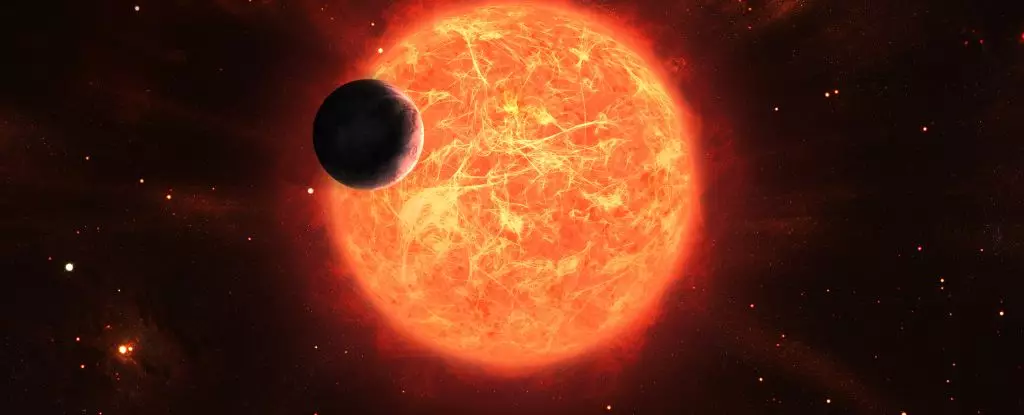The quest for another Earth is a pursuit that has captivated astronomers and the public alike. As we gaze into the vast expanse of the Milky Way galaxy, researchers have discovered a new exoplanet, sparking discussions about the potential for life beyond our own. However, this newly identified world presents a complex puzzle, revealing both the possibilities and limitations of extraterrestrial exploration. While this planet orbits a white dwarf and carries implications for our understanding of stellar evolution, it also serves as a cautionary example of the fates awaiting worlds like our own.
A Glimpse into the Future of Our Solar System
The exoplanet discovered, approximately 1.9 times the mass of Earth, is situated at a distance twice that of our planet from the Sun. This discovery is particularly intriguing as it orbits a white dwarf star—an end-stage stellar remnant that follows an intense lifecycle. Before the host star transformed into a white dwarf, it underwent a red giant phase that likely obliterated any life that could have existed on the exoplanet. This scenario offers a chilling insight into the fate that awaits Earth as the Sun evolves, hinting that our own planet’s future may echo that of this distant world.
The research team, led by Keming Zhang from the University of California, has provided a profound commentary on the gravity of this subject. The evolution of our Sun, predicted to morph into a red giant in approximately 5 billion years, raises essential questions. Will Earth survive the tumultuous changes that lie ahead, or will it be engulfed in its star’s expanding atmosphere? This newfound exoplanet is a harbinger of the possible futures our own Solar System may face.
The method that led to the discovery of this exoplanet is equally fascinating: microlensing. This phenomenon occurs when the gravitational field of a massive object—like a white dwarf—bends light from a more distant source star, creating a magnification effect. The particular system under study, located around 4,200 light-years away, showcased an exquisite alignment that resulted in significant magnification, allowing researchers to discern not only the planet’s mass and orbit but also the presence of a brown dwarf within the same system.
Brown dwarfs, often categorized as the “missing link” between planets and stars, take on a unique role in this astrophysical narrative. This particular brown dwarf, approximately 30 times the mass of Jupiter, exhibits fusion of deuterium but doesn’t meet the mass requirements for hydrogen fusion. Such findings are significant as they expand our understanding of diverse celestial bodies and prompt further questions about the criteria that categorize planets and stars.
The fate of Earth and its inhabitants hinges on several variables related to solar evolution. The study indicates that the current orbital position of the terrestrial exoplanet, at 2.1 astronomical units from the white dwarf, aligns with what one might expect if our planet were to navigate the Sun’s transformation. Findings suggest that it is feasible for Earth to avoid being engulfed, challenging previously held pessimistic models that predicted absolute destruction during the Sun’s red giant phase.
As our solar environment changes over the next billion years—the Sun gradually growing hotter and brighter—conditions on Earth will shift dramatically. While the immediate future seems bleak, with predictions of water vaporization leading to an inhospitable atmosphere, there remains a possibility that humanity could adapt or migrate to new celestial habitats.
In light of these discoveries, one consideration looms large: what if humanity manages to establish a new presence among the stars? As our understanding of life’s persistence under severe conditions expands, so too does the hope for alternatives beyond Earth. The prospect of moons around gas giants like Jupiter and Saturn possibly transforming into ocean worlds offers a tantalizing glimpse into potential new habitats.
Ultimately, the journey to identifying and understanding exoplanets is only beginning. While this recent discovery sheds light on the potential outcomes for planets like our own, it also underscores the resilience of life and the unpredictable paths our cosmic odyssey might take. With advanced techniques like microlensing at our disposal, the future holds promising avenues for finding and understanding habitable worlds—or remnants across the cosmos. The hunt for our second Earth continues, imbued with challenges and hope as we ponder our place in the universe and the lingering possibility of survival and evolution.


Leave a Reply